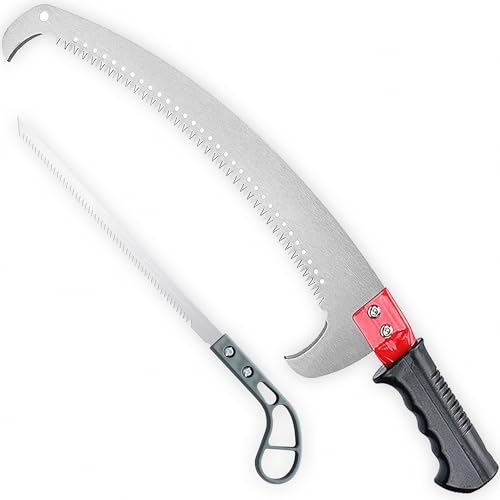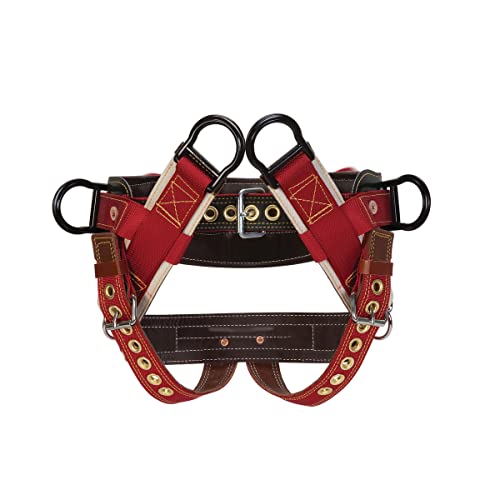I scored the cylinder & piston in my 039 this weekend. Any ideas what might have caused it? The gas was 50:1 AMS oil. The carb was set to the rich setting on the high side as recomended in the manual, and the plug was black, so I know it wasnt running lean. I was cutting a big dead cherry tree -- running it pretty hard. I suspect that I kept it wide open in the log too long and overheated it. Is this possible? I have run it like that before many times with no problem. ---
I can find many used and aftermarket 036 cylinder & piston kits on the internet. I think the 036 is a similar displacement as the 039. Will an 036 cylinder & piston fit on my 039. Will it work with the 039 carb?
I can find many used and aftermarket 036 cylinder & piston kits on the internet. I think the 036 is a similar displacement as the 039. Will an 036 cylinder & piston fit on my 039. Will it work with the 039 carb?























































